What Is Order Fulfillment In Supply Chain Management?
Understanding the Supply Chain and Order Fulfillment process is important to make a business more successful as it grows. For years, retail distributors have largely used order fulfillment management tools for their supply chain processing.
The order processing procedure includes a number of supply chain functions. These functions include the reception, processing, dispatch, and delivery of a customer’s order. Ultimately, the order must be delivered to its destination.
Supply chain logistics includes tracking products, orders, and shipments to get an insight into the supply chain operations. Execution of an order is the step a company takes from receiving the order to delivery to the customer.
The order execution process begins with the order’s receipt and ends with the delivery to a customer. However, if the customer would like to return a purchased product, order fulfillment will manage the returns process.
One of the most important aspects of making the supply chain fulfillment process smooth is coordination between the global supply chains and the customer service team. Our Project Management team can help you create a successful process. Logistics services and supply chain solutions can boost customer satisfaction and help your service team exceed customer expectations. Logistics services and supply chain solutions can increase customer satisfaction and maximize your service team’s customer experience while surpassing your customer’s expectations.
Third-Party Logistics companies (3PLs) can assist you in managing your fast-moving e-commerce supply chains. They can help with shipping methods and order processing procedures. 3PLs can help with:
- Picking and packing
- Shipping/Receiving & Distribution
- Inventory Storage & Management
- Freight Forwarding
- Order Fulfillment
- Cross-docking
E-commerce businesses can outsource the entire order fulfillment process to order fulfillment services, allowing businesses to focus on growth. Some of these processes can be outsourced, but they can also be costly and difficult to scale.
The volatile demand and the simultaneous rise in expectations means that perfecting order management and fulfillment is an enormous challenge. Poor order fulfillment practices may substantially impact both customer satisfaction and organizational performance. These are a few examples of probable outcomes:
1. Delayed or erroneous deliveries: It is important to ensure orders are delivered quickly and correctly when managing a company that sends items to customers. Any delivery hiccups or delays might hurt your company’s bottom line. Timely and accurate delivery is essential for any successful fulfillment company.
Customers will likely be irritated and dissatisfied if their orders are delayed or include incorrect items. They may publish negative reviews about your organization, harming your reputation and driving off future customers. Furthermore, dissatisfied clients are less likely to buy from you again, which might result in lost sales.
2. An increase in returns: If customers receive defective or damaged goods, they may wish to return them.
3. Expensive Mistakes: Due to fulfillment errors, businesses may have to repair or refund items, which can be costly. Companies may also be required to pay for shipping and handling for exchanges and returns.
Bad reviews can damage a company’s reputation. This is especially true in the digital age. Customers can easily share their experiences on various online platforms. A bad reputation can be challenging to overcome and can have negative consequences.
A dependable system for delivering orders is required to avoid these negative consequences. This can be accomplished by using a reputable delivery service, keeping accurate records of orders and deliveries, and being upfront and honest with customers about delivery schedules and potential delays.
However, if shipping is dependent upon getting the finished product to the customer, the whole ordering process becomes much more difficult.
What are the steps in the order fulfillment Process?
The order fulfillment process can be broken down into the following steps:
- Receiving the order from the customer
- Picking and packing the order
- Shipping the order to the customer
- Notifying the customer of the shipment
Each of these steps requires specific tasks that need to be completed to ensure a smooth and efficient fulfillment process.
Receiving the order from the customer
When a customer places an order, it needs to be received to begin the fulfillment process. This can be done in various ways, such as through an online order form or telephone. Once the order is received, it is processed, and the necessary tasks are completed to ship the order to the customer.
Picking and packing the order
Once the order is received, it is processed, and the necessary tasks are completed to ship the order to the customer. One of these tasks is picking and packing the order. This involves selecting the ordered items and placing them into a package that can be shipped.
Shipping the order to the customer
Once the order has been picked and packed, it is ready to be shipped to the customer. This can be done through various methods, such as by mail or courier. The package needs to have a shipping label. This label should include the customer’s name, address, and the contents of the box.
Notifying the customer of the shipment
After the order has been shipped, it is essential to notify the customer of its arrival. This can be done through various methods, such as by email or telephone.
What Does Order Fulfillment Mean?
 |
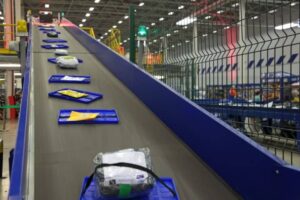 |
Online ordering is the process that ensures that a customer receives the goods they have purchased over the Internet. Order processing comes in four phases: inventory management, incoming orders, packaging, and shipping. To ensure that fulfillment centers can effectively integrate into your business operations, you need to place your e-commerce orders with them.
The order is often referred to as “order execution.” Orders are received from an online shop, forwarded, and sent to a fulfillment center where they are processed, packaged, and shipped. The fulfillment service company fills, processes, and dispatches the order from the store to the end customer’s home.
If an order is fulfilled, this most likely means that the order has been processed and is currently being prepared for shipping. Even with a direct ordering strategy, you can decide that you don’t want to be directly responsible for your orders. Companies that outsource order processing do not have to get into the small details of the procedures. If you are new to e-commerce, you should consider outsourcing your order processing.
If possible, your business could potentially be more successful using third-party or outsourcing order fulfillment options. If your company relies on shipping to take your product to your customers, the entire order processing procedure can be more difficult to streamline.
The most valuable aspect of manually executing orders is operations management can oversee order volume and can decide when orders are shipped and better control raw materials and storing and receiving inventory. Order execution covers every step from the sale to delivery of the order to the customer. It includes all actions that occur when a customer orders online or receives his product by mail.
When it comes to fulfilling orders, ecommerce businesses should consider it a process or an order fulfillment strategy, not a business model.
What Is Order Fulfillment Cycle Time?
An extended order execution cycle could signify that a company has had other problems within the organization. A fast, ordered cycle time can indicate a short job execution process, such as within a few hours or even a day. Understanding the cycle times of orders is one of the first steps you can take to optimize your process for fulfilling e-commerce orders.
Cycle time indicates the frequency of order shipment. The higher the cycle time, the longer the fulfillment operation is. For example, if the fulfillment stations pack 100 order in an hour, the warehouse cycle time is (60 x 60) / 100. Therefore, you can ship an order every 36 seconds.
Companies reorganize warehouses to increase the speed at which orders can be retrieved from inventory storage, making order processing much more efficient. Our measure of the customer order cycle time shows the average delivery time of each day, including weekends. Cycle time is a beneficial indicator because it shows a metric’s core value for order execution.
Cycle time also tells us how effective 3PLs, warehouses, and carriers are in fulfilling and shipping customer orders. Cycle time includes the time required to complete all stages of the fulfillment process, including collection from the warehouse, until the complete delivery of product or service.
The pick-and-pack to ship cycle time captures when orders are released to be picked up and shipped on time. It is a comprehensive measure of supply chain management (SCM) performance and shows demand and orders per day.
Delivery time is the perfect measure of the order fulfillment process to track the buyer’s packages delivery time. If the delivery time is extended by the size of a particular order request, this can be spread over a longer time.
Here are some pointers and ideas for improving order fulfillment and supply chain management procedures:
Invest in technology: Supply chain management and order fulfillment procedures can be streamlined and improved with the help of technology. Many manual order fulfillment procedures can be automated using an order management system (OMS) and a warehouse management system (WMS), reducing errors and delays. A transportation management system (TMS) can also optimize shipping routes and minimize transportation costs.
Enhance inventory management: To constantly fulfill orders, inventory levels must be accurately maintained. Real-time inventory tracking helps to avoid stockouts and overstocking. A demand forecasting system can be implemented to predict future demand and adjust inventory levels accordingly.
Improve Warehouse Layout: The effectiveness of order picking and packing can be increased with a well-organized warehouse. The layout of the most frequently ordered items should be optimized, similar products should be grouped, and automated storage and retrieval systems should be used.
Data analytics use Data analysis can reveal information about order trends, delivery schedules, and inventory levels. Businesses can use this data to inform data-driven decisions that enhance supply chain management and order fulfillment procedures.
Implement a Continuous Improvement Process: Long-term success requires ongoing evaluation and improvement of order fulfillment procedures. Businesses can stay ahead of the competition and raise customer satisfaction by routinely evaluating strategies, getting input from customers and staff, and implementing process improvements.
Focus on the Customer Experience: Keeping customers and generating repeat business depends heavily on delivering a positive customer experience. The customer experience can be enhanced by sharing order status updates, giving precise shipping estimates, and aiding simple returns and exchanges.
Businesses can optimize supply chain management and order fulfillment processes by implementing these suggestions and techniques, which will boost productivity, reduce costs, and boost customer satisfaction.
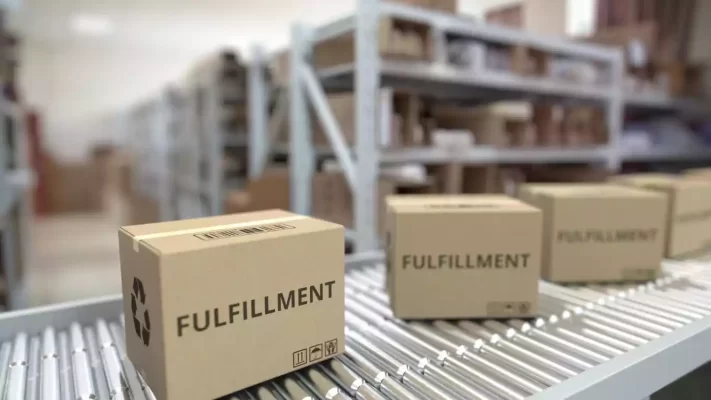
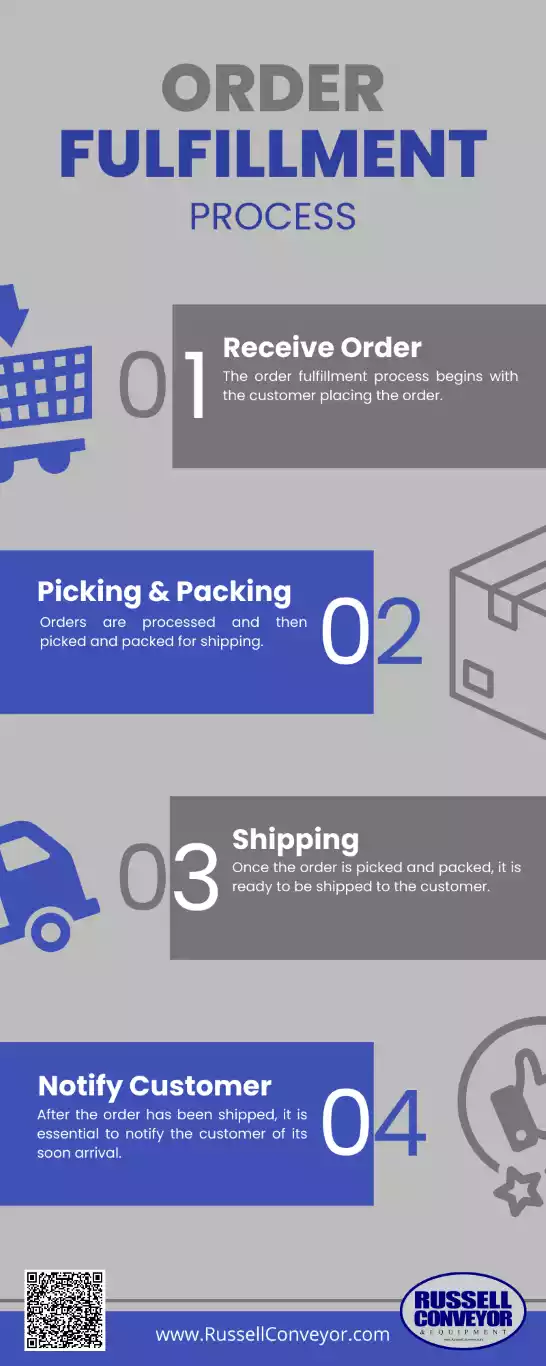
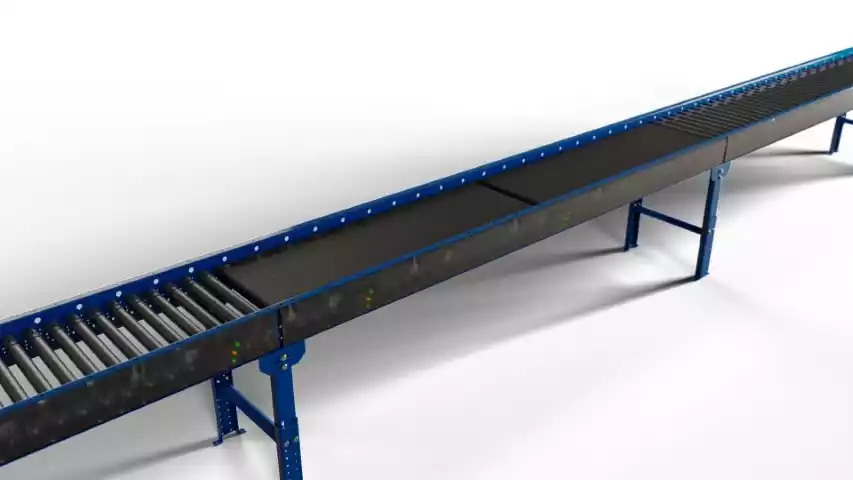
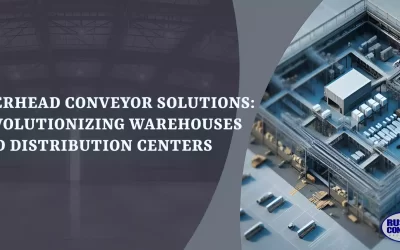
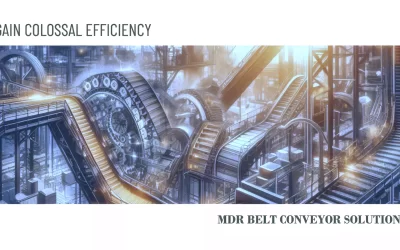
0 Comments